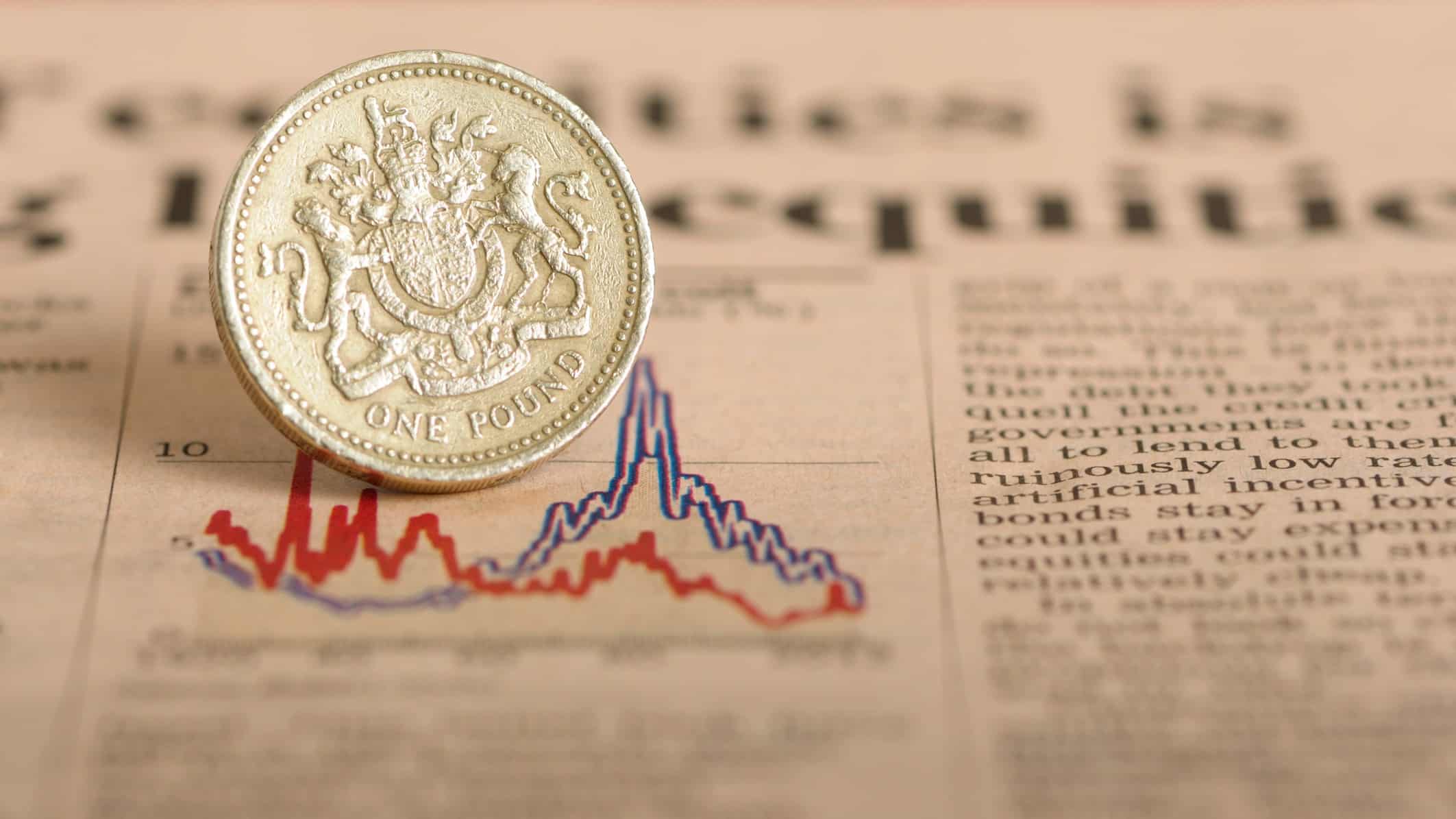Whether you’re thinking about investing in a FTSE 100 fund or you’ve already invested in one, do you know what the top holdings are right now?
You’ll see this tracker’s name all over the place but no one ever seems to talk about which holdings are the biggest investments in the index. So here’s a dive into some of the finer details to give you a better understanding of this investment.
[top_pitch]
Passive income stocks: our picks
Do you like the idea of dividend income?
The prospect of investing in a company just once, then sitting back and watching as it potentially pays a dividend out over and over?
If you’re excited by the thought of regular passive income payments, as well as the potential for significant growth on your initial investment…
Then we think you’ll want to see this report inside Motley Fool Share Advisor — ‘5 Essential Stocks For Passive Income Seekers’.
What’s more, today we’re giving away one of these stock picks, absolutely free!
What is a FTSE 100 fund?
A FTSE 100 fund will be in the form of an index fund or an exchange-traded fund (ETF). You may be aware that these funds simply track the top hundred companies in the UK.
But the way the funds are structured means your money is not evenly split among the companies. So, if you invest £100 into the fund, it won’t be the case that £1 goes to each company.
Most FTSE 100 funds are market-cap weighted. This just means the larger a company’s market cap, the more of your investment goes to them. So the firms at the top of the list will get a lot more of your money than the ones at the bottom.
What are the top ten holdings in a FTSE 100 investment fund right now?
The funds in the top ten will change from time to time. But it’s worth getting an idea of which companies are getting the lion’s share of your money when you invest in the FTSE 100.
The following info is based on one of the most popular funds on the market, the iShares Core FTSE 100 UCITS ETF. Here are the top ten companies, along with a rough idea of the current allocation:
| Position | Company | % Allocation |
| 1 | AstraZeneca (AZN) | 6.85% |
| 2 | Unilever (ULVR) | 5.04% |
| 3 | HSBC Holdings (HSBA) | 4.5% |
| 4 | Diageo (DGE) | 4.21% |
| 5 | Royal Dutch Shell (RDSA) | 3.69% |
| 6 | BP (BP) | 3.66% |
| 7 | GlaxoSmithKline (GSK) | 3.51% |
| 8 | Royal Dutch Shell Class B (RDSB) | 3.37% |
| 9 | British American Tobacco (BATS) | 3% |
| 10 | Rio Tinto (RIO) | 2.76% |
[middle_pitch]
How much of your money is invested in these top FTSE companies?
So, for any investment you make in a FTSE 100 fund, roughly 40% of your money will go to the top ten holdings. This means they’d grab about £40 of your £100 investment! The remaining £60 would then be split across the other 90 companies.
The top-heavy nature of this approach could result in you missing out on big gains made by smaller companies in the FTSE 100, because the bulk of your money is going to the top dogs.
Structuring the funds this way is not a bad thing. But it’s important that you understand how your money is invested when you put it into a tracker fund.
Unfortunately, one of the downsides of passive investing is that you don’t have much control. For example, you can’t email the platform and ask for less of your money to be invested in energy stocks. You get what you’re given.
What are other ways to invest?
The great news is that if you don’t like playing footsie with the FTSE, you don’t have to invest in a fund like this. Most top-rated share dealing accounts will give you access to a wide range of investments. This will allow you to pick out exactly what you want to invest in.
If you are happy with a straightforward FTSE 100 tracker fund, try and use a cheap share dealing account to keep your costs down. Cheap fees are one of the main benefits of an index fund, so don’t let that go to waste by paying steep charges.
Whether you decide to invest in index funds, individual shares, or a combination of both, if you use a stocks and shares ISA, you won’t pay any tax on gains.
Always keep in mind that the value of investments can go up as well as down. So it’s worth doing everything you can to give yourself the best chance of success.







